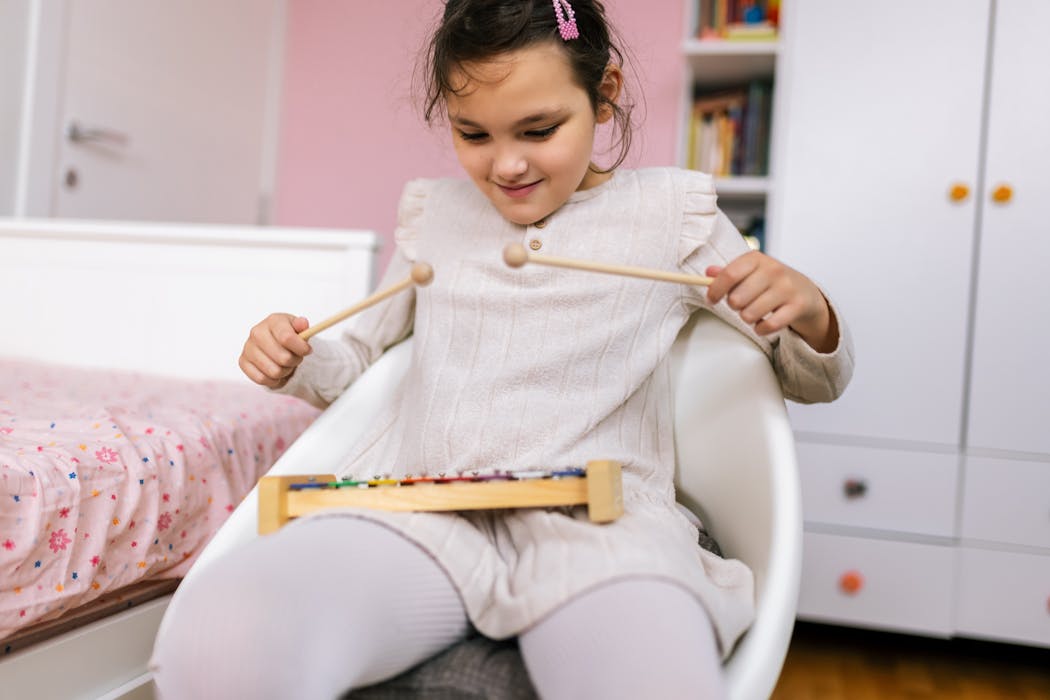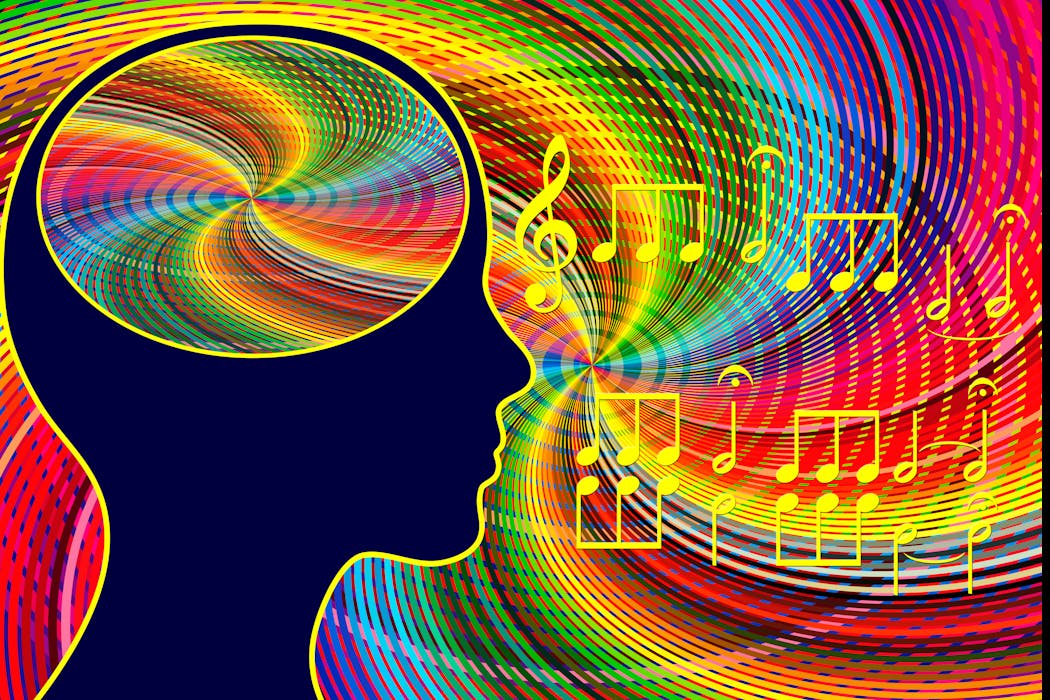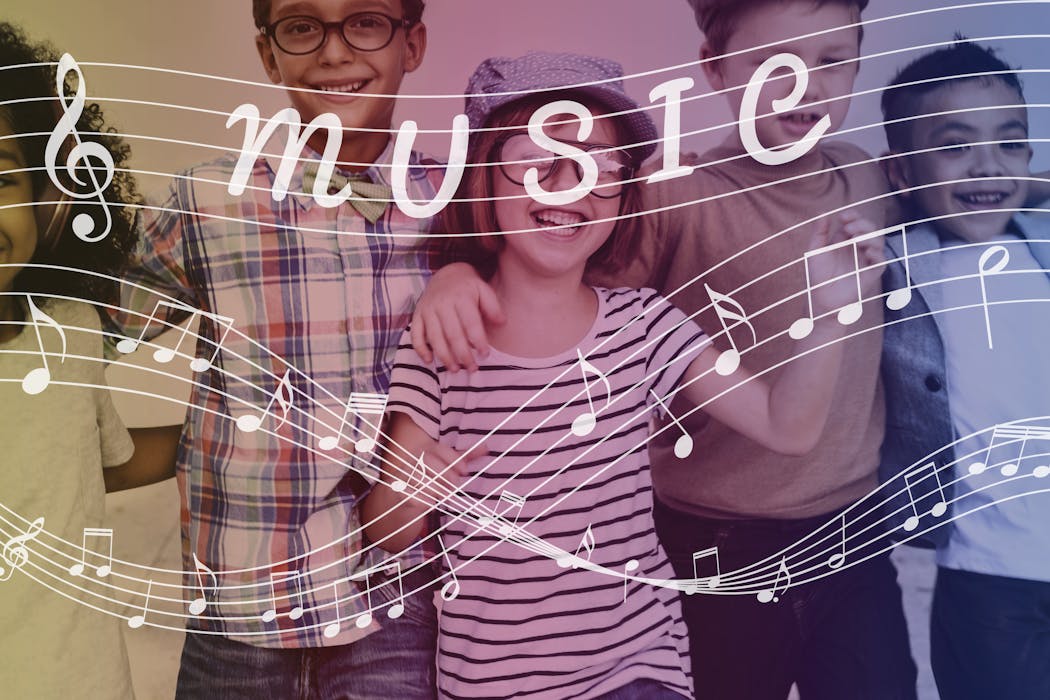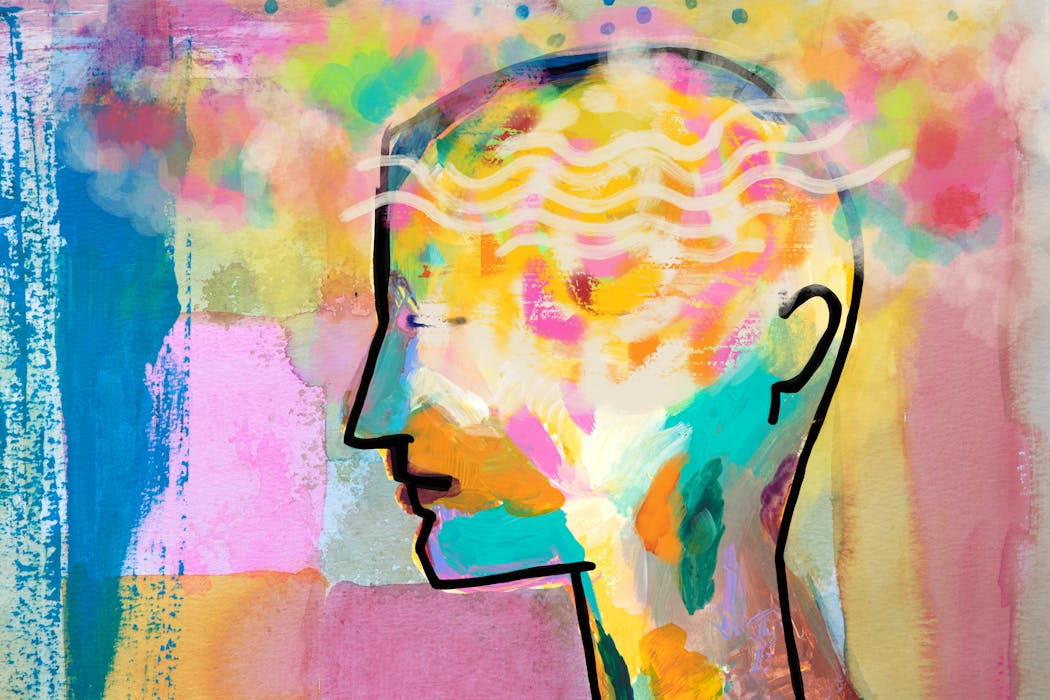Trauma in children can manifest in a variety of ways, including behavioral issues, emotional disturbances, and physical symptoms. It can be caused by a range of experiences, such as abuse, neglect, natural disasters, or witnessing violence. Children who have experienced trauma may struggle with trust, self-esteem, and forming healthy relationships. They may also have difficulty regulating their emotions and may exhibit symptoms of anxiety, depression, or post-traumatic stress disorder. It is important for caregivers and mental health professionals to recognize the signs of trauma in children and provide appropriate support and treatment.
Children who have experienced trauma may benefit from dance therapy as a way to process their emotions and experiences. Dance therapy can provide a safe and non-verbal outlet for children to express themselves and work through their trauma. It can also help them develop a sense of control over their bodies and emotions, which is often disrupted by trauma. By understanding the impact of trauma on children, we can better support them in their healing journey.
The Benefits of Dance Therapy
Dance therapy offers a range of benefits for children who have experienced trauma. It provides a creative and expressive outlet for children to process their emotions and experiences. Through movement and dance, children can release pent-up emotions and express themselves in a non-verbal way. This can be particularly beneficial for children who struggle to articulate their feelings or who may feel overwhelmed by traditional talk therapy.
In addition to emotional benefits, dance therapy also offers physical benefits for children. It can help improve coordination, balance, and body awareness, which can be disrupted by trauma. Dance therapy can also promote relaxation and stress reduction, which can be particularly helpful for children who experience anxiety or hypervigilance as a result of trauma. Overall, dance therapy provides a holistic approach to healing that addresses the emotional, physical, and psychological needs of children who have experienced trauma.
How Dance Therapy Works
Dance therapy works by using movement and dance as a means of expression and healing. It is based on the idea that the mind and body are interconnected, and that movement can be used to process emotions and experiences. In dance therapy, children are encouraged to explore different movements and gestures that reflect their inner experiences. This can help them gain insight into their emotions and develop a sense of agency over their bodies.
Dance therapy sessions are typically led by a trained dance therapist who creates a safe and supportive environment for children to explore movement and expression. The therapist may use a variety of techniques, such as guided movement exercises, improvisation, and structured dance sequences, to help children connect with their emotions and experiences. Through this process, children can gain a sense of empowerment and self-awareness that can be transformative in their healing journey.
Case Studies: Success Stories of Dance Therapy
There are numerous success stories of dance therapy being used to support children who have experienced trauma. One case study involved a young girl who had witnessed domestic violence in her home. She struggled with anxiety and nightmares as a result of her traumatic experiences. Through dance therapy, she was able to express her feelings through movement and develop coping strategies to manage her anxiety. Over time, she reported feeling more in control of her emotions and experienced a reduction in her symptoms.
Another case study involved a boy who had been neglected as a young child and had difficulty forming attachments with others. Through dance therapy, he was able to explore his feelings of abandonment and develop a sense of trust in his body and in his relationships with others. He reported feeling more connected to his emotions and more confident in his ability to form healthy relationships.
These case studies demonstrate the transformative power of dance therapy for children who have experienced trauma. By providing a safe and creative outlet for expression, dance therapy can help children process their emotions and develop healthy coping strategies.
Incorporating Dance Therapy into Treatment Plans
Incorporating dance therapy into treatment plans for children who have experienced trauma can be an effective way to support their healing journey. Dance therapy can be used in conjunction with other therapeutic modalities, such as talk therapy, play therapy, and art therapy, to provide a comprehensive approach to healing. By integrating dance therapy into treatment plans, mental health professionals can address the emotional, physical, and psychological needs of children who have experienced trauma.
When incorporating dance therapy into treatment plans, it is important for mental health professionals to collaborate with trained dance therapists who have experience working with children who have experienced trauma. Together, they can develop individualized treatment plans that address the unique needs of each child. By providing a holistic approach to healing that includes dance therapy, mental health professionals can support children in developing healthy coping strategies and building resilience in the face of trauma.
The Role of the Dance Therapist
The role of the dance therapist is crucial in supporting children who have experienced trauma through dance therapy. Dance therapists are trained professionals who have expertise in using movement and dance as a means of expression and healing. They create a safe and supportive environment for children to explore their emotions and experiences through movement. They also use their knowledge of psychology and human development to help children gain insight into their emotions and develop healthy coping strategies.
In addition to leading dance therapy sessions, dance therapists also collaborate with other mental health professionals to develop comprehensive treatment plans for children who have experienced trauma. They may provide consultation and support to caregivers and educators to help them understand the benefits of dance therapy and how it can support the healing process for children. By playing a central role in the treatment team, dance therapists can ensure that children receive the support they need to heal from trauma.
The Future of Dance Therapy for Children
The future of dance therapy for children who have experienced trauma looks promising as more research is conducted on its effectiveness. As the field of mental health continues to recognize the importance of addressing the mind-body connection in healing from trauma, dance therapy is likely to become more widely integrated into treatment plans for children. This will provide more opportunities for children to access the benefits of dance therapy and support their healing journey.
In addition to increased integration into treatment plans, the future of dance therapy for children may also involve expanding access to trained dance therapists in various settings, such as schools, community centers, and mental health clinics. This will provide more opportunities for children to access the benefits of dance therapy in their local communities. As awareness grows about the transformative power of dance therapy for children who have experienced trauma, it is likely that more resources will be dedicated to supporting the expansion of this modality.
In conclusion, understanding trauma in children is crucial for providing appropriate support and treatment. Dance therapy offers numerous benefits for children who have experienced trauma, including emotional expression, physical coordination, and stress reduction. By incorporating dance therapy into treatment plans, mental health professionals can provide a holistic approach to healing that addresses the emotional, physical, and psychological needs of children who have experienced trauma. The role of the dance therapist is central in supporting children through dance therapy, and the future looks promising as more research is conducted on its effectiveness and access to trained professionals expands. Overall, dance therapy has the potential to be a transformative modality for supporting the healing journey of children who have experienced trauma.
Find out how Torongo Therapyplus can help you with your needs. Get in touch with us at smile@torongo.life, or call us on 02 8809 9965.































